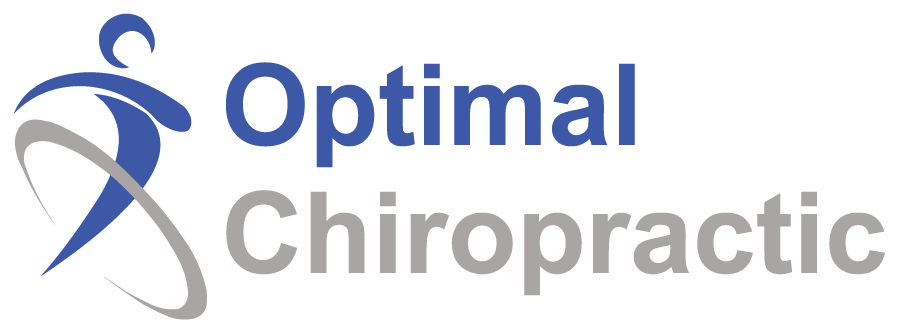Why Do I Have Back Pain?Such a common question to be asked in our office. And often times, there may not be a simple answer. Did you know, from your skull to your “tailbone” there are 3 different layers of muscles in the back? There are the superficial, intermediate, and deep layers, which are all broken down further into muscle groups based on their attachment and region of the spine. There are even textbooks solely dedicated to low back pain (the one sitting on my desk now is nearly 1000 pages, titled: Low Back Syndromes), not even focusing on the rest of the spine.Low back pain is the most prevalent of all musculoskeletal conditions, and will affect nearly everyone at some point in their lives. Pain can be caused by a variety of factors, and often a combination of many different things before you even start to notice pain. In this blog we will focus on 1 single muscle which is often overlooked, but may very well be the culprit to your low back and hip pain.The muscle I am referring to is called the psoas (oddly pronounced “so-as” or “so-ass” – for which I often get strange looks or giggles from patients). The psoas is a muscle located deep in the abdomen. It attaches to the front and side of the lumbar vertebra and even to the discs of the lumbar spine. It travels downward to the pelvis and is combined with another muscle called the iliacus, and together they attach to the femur or "thigh bone". As these muscles join together, they become known as the iliopsoas, but are commonly referred to as hip flexors.The main function of the hip flexors are to bring the thighs toward the stomach. There are simple things we do every day which may cause the psoas to be repeatedly shortened or remain in a contracted state. Sitting is one of the most common postures which causes this repeated shortening of the hip flexors. It is very important to get up and get your body moving throughout the day, especially for those working at a desk all day long.Even though the psoas is located deep within the abdomen, it is still possible to treat the muscle to help release tension and possible trigger points. These trigger points in the muscle may refer pain to the low back anywhere along the course of the muscle itself. It is not uncommon to have more tenderness when treating one side compared to the other possibly due to compensations which have developed elsewhere in the body. This muscle is also very important when it comes to overall stability of the spine and of the core, which we will discuss in a later blog regarding abdominal bracing for core stability.Treatment of the hip flexors is often overlooked or may be incorrectly addressed. Many of the patients we treat in our office report they do static stretches for the hip flexors and quads, but do not seem to notice a significant change. We often find that this is because they are not getting specific enough with the area they are trying to target, or are stretching incorrectly. Many other doctors and even some chiropractors who do not focus on soft tissue or do not look outside of the spine for dysfunction tend to miss some of the other factors, such as the psoas, for treating low back pain and hip pain.If you, or someone you know suffers from hip pain or low back pain, contact our office to learn how we can help you to achieve a pain free and healthy lifestyle.Looking for a Post Falls Chiropractor? Contact Optimal Chiropractic in Post Falls for more information (208) 777-4305. Follow us on Facebook at www.facebook.com/postfallschiro as well as Twitter and Instagram @optimalchiropf for updates in the office!
